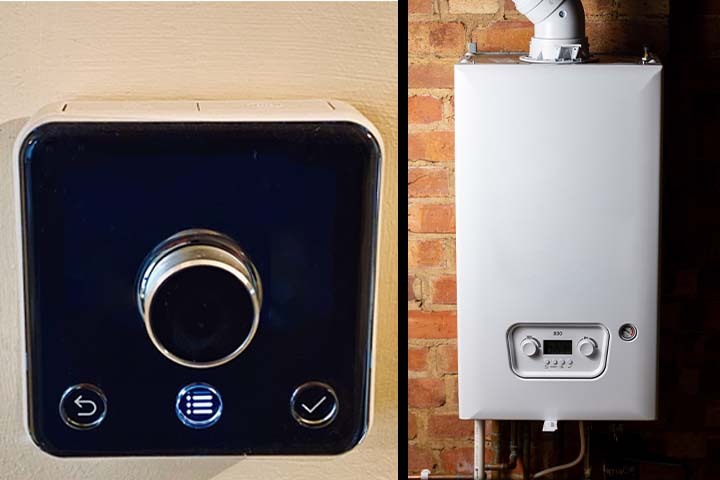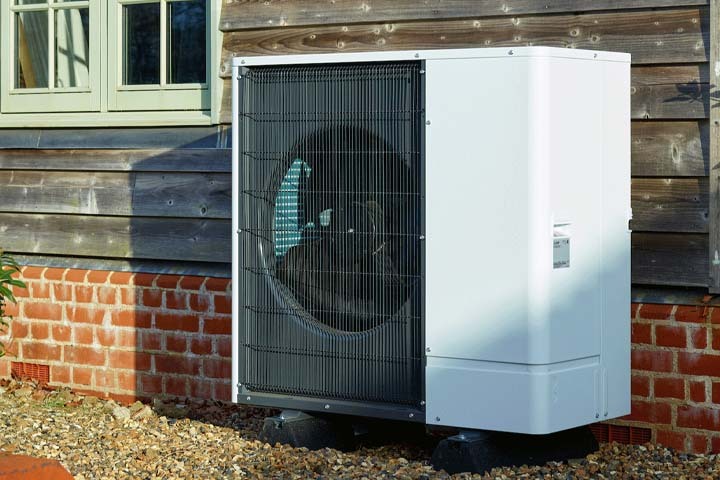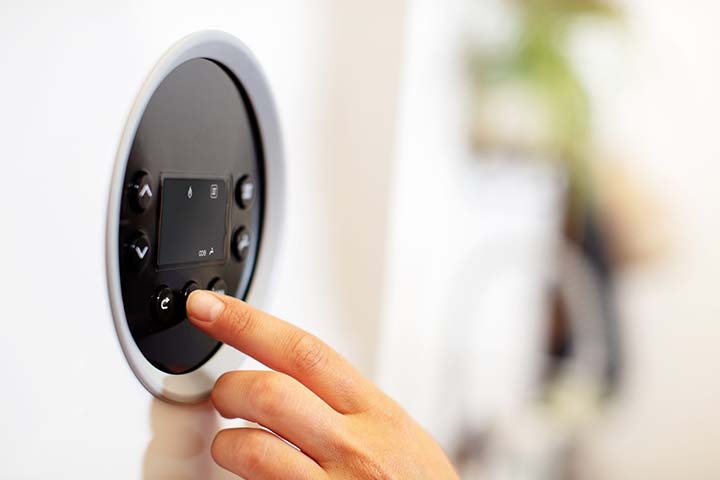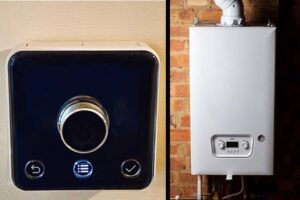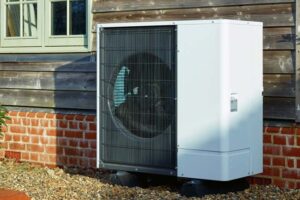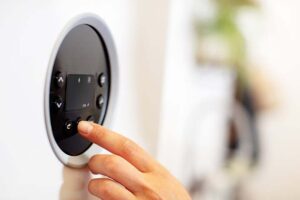Table of Contents
Boilers heat homes and make energy by turning water or steam into steam. To operate, maintain, and keep a boiler safe, you need to know how its parts work and how they work together. Boilers make hot water and steam that can be used for warmth, making steam, and making electricity. They come in many styles to meet the needs of different companies.
Component of boiler
| Important Boiler Components | |
| Combustion chamber or firebox | The boiler is burning in this room, which warms the heat exchanger to several hundred degrees. In this room, different kinds of fuel are burned. Mostly, kerosene, heating oil and liquid propane are used to fire boilers. |
| Heat exchanger | The combustion in the firebox creates heat that the heat exchanger transfers to heat the fluid in the tank. This heat exchanger carries the produced heat to the fluid without any direct contact with the water |
| Safety valve | The safety valve offers critical protection by releasing excess pressure that may build up within the boiler. If left unchecked, this pressure could lead to disastrous consequences, such as explosions. |
| The Burner | The mixing of air and the fuel source occurs at the burner, initiating the combustion reaction in the system. The thermostat sends an electronic signal to the burner, which plays a significant role in determining the overall efficiency of the boiler. |
| Pressure Gauge | Monitoring the boiler’s internal pressure is essential. The pressure gauge enables the operator to maintain the pressure within safe operating limits. Also, it ensures the system’s overall efficiency. |
| Superheater | Installing a superheater promotes the steam temperature above its saturation point. It helps enhance the system’s overall energy output. The final product, superheated steam, possesses higher thermal energy. This can be advantageous in particular applications |
| Aquastats | Aquastats play a crucial role in boiler components. They are responsible for accurately transmitting signals to the burner, indicating the appropriate time to initiate or cease the heating process. |
| Circulator pump | The last item on the list of different boiler components we want to introduce to you is the circulator pump. They are used in the boilers that use hot water for heating purposes. |
| Supply lines | These parts of the boiler are reliable pipes that deliver the heated stream of flow to the distribution points in the boiler. |
| Return lines | Return lines are responsible for returning the cooled fluid or steam (which alters its state back to its liquid form) to the boiler to heat it up again. |
| Economiser | The economiser recovers residual heat from flue gases before they leave the boiler. This heat is reused, increasing the overall efficiency and reducing energy consumption. |
| Control System | The control system is a centralised hub that manages various aspects of the boiler’s operation. It monitors temperature, pressure, and water levels and determines when the burner and pumps should operate to maintain optimal efficiency. |
| Expansion tank | Another item in the list of different boiler components is the expansion tank; this small tank protects the boiler from excessive pressure and ensures its safety throughout the process. |
| Backflow Valve | A backflow valve prevents the reverse flow of water, ensuring it moves only in one direction. This one-way valve thus protects the boiler, providing an additional layer of safety. |
What Are the Most Important Boiler components?
The most important part is the safety valves. The safety valve is the most crucial safety device in a boiler or household hot-water system. Its purpose is to release internal pressure in the event of various system faults.
Safety valves are mostly used in steam systems for boiler overpressure protection and other applications, such as downstream pressure-lowering devices.
They are employed in process operations to avoid product damage due to high pressure despite their primary safety function.
Working Principle of Boiler
Understanding how the boiler works is very simple. The boiler is a closed vessel in which water is stored. Hot gases are generated by burning fuel in the furnace. These hot gases reach the water vessel, where the heat transmission takes place between the steam and the water. Therefore, the boiler’s basic principle is to transform water into steam by using heat energy. Various types of boilers are used for other purposes.
Efficiency of Boiler
The efficiency of the boiler is defined as the percentage of total heat exported by the outlet steam to the total supplied fuel.
Boiler efficiency (%) = (heat exported by outlet steam/heat supplied by the gas) *100
Make your HVAC system that boosts your home’s EPC rating.
Stop worrying about keeping an old boiler system! Bring in knowledgeable technicians from Grant Boilers to manage all your routine, correctional, and emergency HVAC needs. We have helped the area for over 20 years and stand ready to help you with one phone call. Embrace outstanding assistance when you contact us today.
Boiler statistics and facts based on analysis of fundamental research from EPA and IEA
According to a recent analysis of fundamental research from EPA and IEA, the study shows:
- The residential boiler market is expected to reach approximately £43 billion by 2033, growing at a CAGR of 5.5%.
- The global boiler market size exceeded £68.95 billion in 2022 and is expected to expand at a CAGR of more than 7.5% from 2023 to 2032
- China is the largest global market for domestic boilers, with over 1.77 million units sold in 2016.
- The UK is the third largest market for domestic boilers, with sales of 1.7 million units in 2016.
- The residential boiler market is expected to reach approximately £43 billion by 2033, growing at a CAGR of 5.5%.
Conclusion
Boiler components generate steam or hot water for various industrial and commercial applications. Understanding their functions is essential for ensuring efficient, safe, and reliable boiler operation. By maintaining and improving boiler parts, you may be able to save money on energy costs, cut down on downtime, and extend the life of your boiler system. As boiler technology and part design keep getting better, boilers work better, last longer, and are safer.



